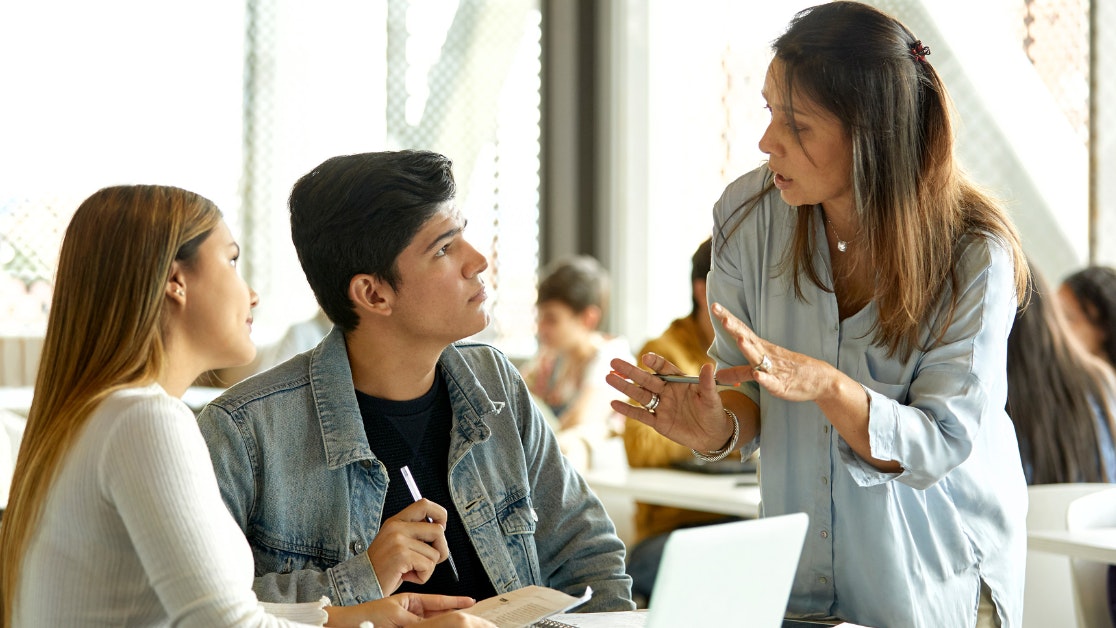Homepage
•
Learning Library
•
Blog
•
What Educators — and Students — Can Learn From ChatGPT
Expand breadcrumbs
Expand breadcrumbs
- Learning Library
- Blog
- What Educators — and Students — Can Learn From ChatGPT
- Homepage
- •
- Learning Library
- •
- Blog
- •
- What Educators — and Students — Can Learn From ChatGPT
What Educators — and Students — Can Learn From ChatGPT
By Nicole Krueger
February 23, 2023








